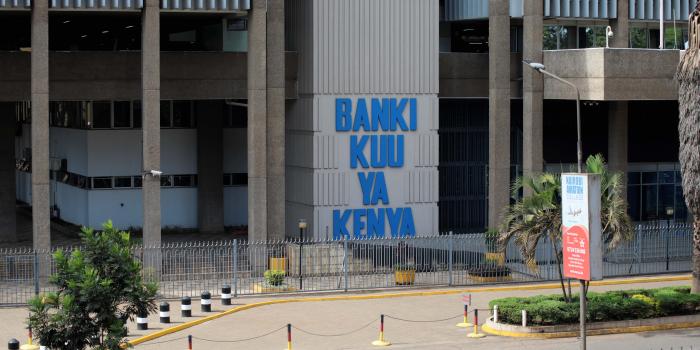Kenya’s foreign exchange reserves increased to $7.537 billion (KES 925.6 billion) after the International Monetary Fund (IMF) disbursed KES 81.7 billion last week, increasing the country’s forex buffer in the face of rising pressure on the local currency.
This represents a $462 million (KES 56.9 billion) increase and is enough to cover the country’s import needs for 4.22 months, according to the Central Bank of Kenya’s (CBK) weekly bulletin.
The IMF disbursement, which also included KES 26.6 billion in additional funding to help address the crippling effects of drought, pushed the country’s foreign exchange reserves (forex) above the required statutory import cushion of at least four months for the first time in 35 days.
This has helped to cushion the country’s external position, which had been weakened by lower inflows of foreign financing due to tighter liquidity in the global financial market, which forced the country to abandon plans to issue a $1.1 billion (KES 135.5 billion) Eurobond.
Forex reserves have also suffered as imports have grown faster than exports, while diaspora remittances, which have become critical in stabilizing Kenya’s exchange rate, have also underperformed. As a result, there is a dollar shortage in the Kenyan market, and a rise in the global price of critical raw materials such as fuel, wheat, and fertilizer hurts importers even more.
A rise in the cost of these raw materials against a weaker shilling has also resulted in imported inflation, with the retail price of consumer goods such as wheat flour, maize, cooking oil, soaps, and toilet paper skyrocketing as their production costs increased.
Fitch downgraded Kenya’s credit rating to B, citing, among other things, dwindling hard currency reserves amid tightening liquidity in global financial markets, which has made it difficult for the country to issue its fifth Eurobond.
“The usable foreign exchange reserves remained adequate at USD 7,537 million (4.22 months of import cover) as at December 22. This meets the CBK’s statutory requirement to endeavor to maintain at least 4 months of import cover,” said CBK.
Kenya’s stock of foreign currencies and assets, the majority of which are US dollars, stood at $7.075 billion on December 15, enough to cover the country’s import needs for 3.96 months.
Observers, including the IMF and Fitch, predict that the level of forex reserves will fall further by the end of the year before increasing next year.
The government uses the forex reserves to repay external loans and to import critical goods from the global market, such as drugs and fertilizer. Reserves also serve as a backup fund in the event of an unlikely emergency, such as the Shilling’s depreciation, with the CBK entering the market to sell dollars to forex traders such as banks and forex bureaus in order to reduce volatility.
Since July, forex reserves have fallen short of the 4.5-month import cushion recommended by the seven-nation East African Community (EAC).
However, CBK Governor Dr Patrick Njoroge downplayed the significance of the EAC’s 4.5 months import cover limit during a press conference in July, arguing that it does not provide the regulator with a target.
“Generally, our (target) number is four months of import cover. When it will be below four months, then we will be more concerned,” said Njoroge during a press briefing in July when forex reserves dropped below the EAC threshold.
Read Also: Fitch Downgrades Kenya’s Rating to B on Low Forex Reserves




